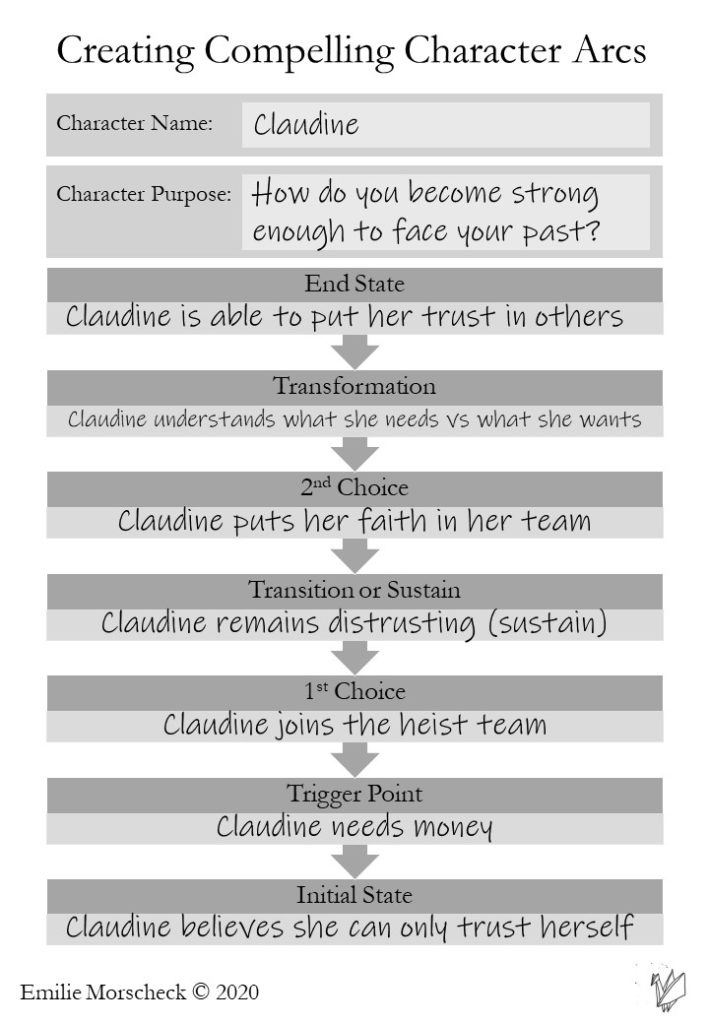 Musings
Musings
2022 Goals
These Cursed Waters
- Finish my mentorship with Amie Kaufman and develop the manuscript further
- Resubmit the manuscript to Text before the end of 2022
The Selkie Curse
- A submission-ready draft by 30 Jun
- 15 submissions by 31 Dec
Bleed For Me
- Structural edit completed by 15 Jun
- Draft 2 completed by 15 Aug
- Submission ready by 31 Dec
Embers
- Draft 1 completed 15 May
- Structural edit completed 31 Aug
- Draft 2 started in October
Counting Stars
- Outline review by 31 Dec
Other Projects
- Untitled new series #1 book 1 outline by 31 Dec
- Untitled new series #2 book 1 outline by 31 Dec
In 2022, I have no solid plans for writing short stories.
What are your goals for 2022? How do you plan to achieve them?




